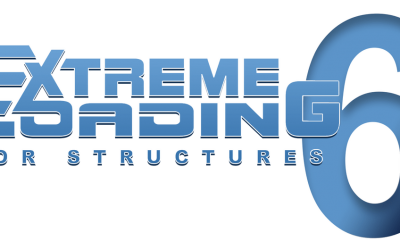The Applied Element Method and the modelling of both in-plane and out-of-plane response of URM walls
TThe Applied Element Method (AEM) is a relatively recent addition to the discrete elements methods family. Initially conceived to model blast events and concrete structures, its use in the modelling of masonry structures subjected to earthquake actions is steadily...
Extreme Loading for Structures – Version 6.0 Released!
We’re happy to announce the release of our Advanced Structural Analysis Software, Extreme Loading for Structures (ELS) Version 6.0! ELS is used by structural engineers and researchers around the world to study the effects of blast, progressive collapse,...
No Results Found
The page you requested could not be found. Try refining your search, or use the navigation above to locate the post.
Evaluation of the Seismic Retrofitting of an Unreinforced Masonry building using Numerical Modeling and Ambient Vibration Measurements
Ambient vibration measurements and 3-D nonlinear time-history numerical modeling are used to assess the retrofitting measures conducted in a 6-story unreinforced masonry building (URM) built in the end of the 19th century in Switzerland. Retrofitting measures were...
ELS Most Suitable to Predict Debris Heaps According to EC Study
Deliverable 3.2 Summary Report Report on Model Enhancement and Validation Cases was just released. The report identifies the promising of the capabilities of Extreme Loading for Structures (ELS) to be used in disaster response situations to accurately predict...
No Results Found
The page you requested could not be found. Try refining your search, or use the navigation above to locate the post.







